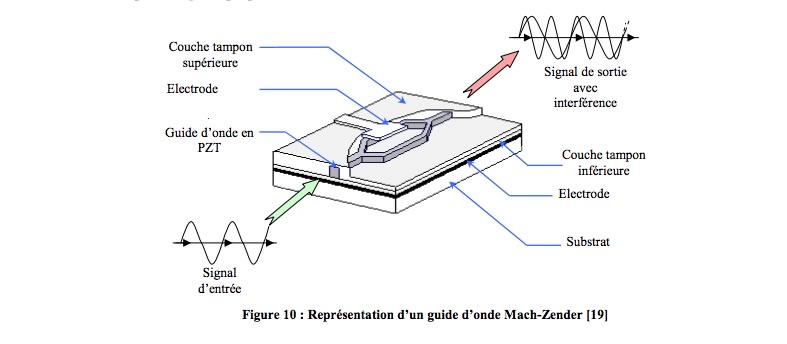PhD Thesis
“Development of pulsed plasma doping system for semiconductor processing:
characterization of the plasma and its interaction with the materials.”

English Summary
The aim of this thesis work is to thoroughly characterize the boron trifluoride plasma and its interaction with the materials during the ultra-shallow-junction doping process for semiconductors using a pulsed plasma doping system (PLAD). In order to measure in situ the ion energy distribution of all the different ions present in the bulk plasma, accelerated inside the sheath by the negative pulse and implanted into the silicon wafer, a special cathode was designed with a mass spectrometer installed in the center of the high-voltage cathode. The measurement of the composition of the bulk plasma ions as well as the composition of the ions accelerated inside the high voltage sheath provides some information on the collisions processes that occur inside the sheath. With a better understanding of the collision processes inside the plasma, the doping processes can thus be optimized. Based on the ion energy distributions measured with the mass spectrometer, the dopant depth profile can be predicted and the plasma can be tuned in order to obtain shallower dopant depth distribution in the silicon after plasma doping implantation.
Resume en Francais
Le but de ce travail de thèse est de caractériser en détail le plasma de bore trifluoride (BF3) et son interaction avec les matériaux pendant le procédé de dopage des jonctions fines pour les semi-conducteurs utilisant le système de dopage de plasma pulsé (PLAD). Afin de mesurer in-situ la distribution en énergie de tous les différents ions présents dans le plasma, accélérés à l’intérieur de la gaine par le pulse négatif et implantés dans le substrat de silicium, une cathode spéciale a été conçue avec un spectromètre de masse installé au centre de la cathode haute tension. La mesure de la composition des ions du cœur du plasma ainsi que la composition des ions accélérés à travers la gaine haute tension donne des informations sur les processus de collision qui surviennent à l’intérieur de la gaine. Grâce à une meilleure compréhension des processus de collision à l’intérieur du plasma, les procédés de dopage peuvent donc être optimisés. A partir des distributions en énergie des ions mesurées par le spectromètre de masse, on peut prédire le profil de dopage en profondeur. Le plasma peut être régulé, afin d’obtenir une distribution de dopage moins profonde dans le silicium après une implantation par dopage plasma.
Masters Thesis
Etude de la photolithogravure sur PZT pour la réalisation d’un guide d’onde
(Photolithographic and etch studies for the fabrication of a piezoelectric wave guide)




Social Media